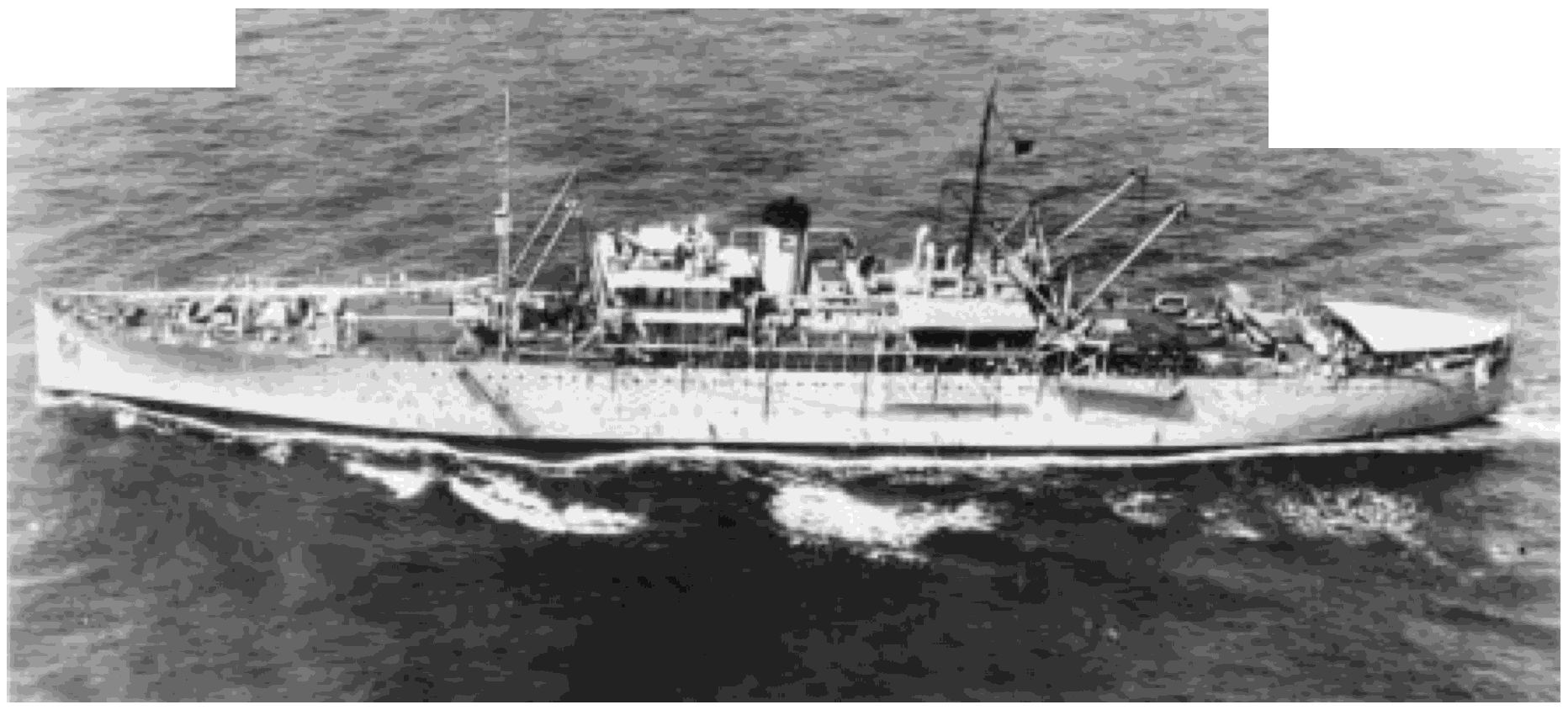
50
UNITED STATES NAVAL AVIATION
1910-1995
1921-Continued
1 August
A World War I high-altitude bombsight,
mounted on a gyroscopically stabilized base, was tested
by the Torpedo Squadron, Atlantic Fleet at Yorktown,
Va., marking the successful completion of the first
phase of Carl L. Norden's development of an effective
high-altitude bombsight for the Bureau of Ordnance.
9 August
Rear Admiral Bradley A. Fiske, USN (Ret.),
proposed as a landing surface for aircraft carriers, "a
nice soft cushion" so mounted "that it would take up
the forward motion of the airplane and not check its
forward velocity at once."
10 August
A General Order established the Bureau of
Aeronautics, and defined its duties under the Secretary of
the Navy as comprising "all that relates to designing,
building, fitting out, and repairing Naval and Marine
Corps aircraft;" gave it authority to recommend to the
Bureau of Navigation and the Commandant of the Marine
Corps on all matters pertaining to aeronautic training and
the assignment of officer and enlisted personnel to avia-
tion; described the scope of its relationships with other
bureaus having cognizance of aeronautical materials and
equipment; and also directed that special provision be
made in its organization to furnish information "covering
all aeronautic planning, operations and administration
that may be called for by the Chief of Naval Operations."
11 August
Practical development of carrier arresting
gear was initiated at Hampton Roads as Lieutenant
Alfred M. Pride taxied an Aeromarine onto the dummy
deck, and engaged arresting wires. These tests result-
ed in the development of arresting gear for
Langley,
consisting essentially of both athwartship wires
attached to weights, and fore and aft wires.
-
24 August
During its fourth trial flight, the R-38
(ZR-2) rigid airship purchased by the Navy from the
Royal Air Force, broke into two parts and fell into the
Humber River at Hull, England. It carried to their
deaths 28 British nationals and 16 Americans, includ-
ing Air Commodore E. M. Maitland and Commander
Louis H. Maxfield, the latter the prospective American
commanding officer.
1 September
The Bureau of Aeronautics began func-
tioning as an organizational unit of the Navy Department,
under its Chief, Rear Admiral William A. Moffett.
26 October
A compressed air, turntable catapult, in
its first successful test, launched an N-9 seaplane pilot-
ed by Commander Holden C. Richardson from a pier
at the Philadelphia Navy Yard, Pa.
3 November
A Curtiss-Navy racer, powered by a
400-hp Curtiss engine, on loan to the builder and
piloted by Bert Acosta, won the Pulitzer Race at
Omaha with a world record speed of 176.7 mph.
1 December
The first flight of an airship inflated
with helium gas was made at Norfolk, Va. The airship,
the C-7, was piloted by Lieutenant Commander Ralph
F. Wood.
16 December
Wright,
a seaplane tender and balloon
carrier, was commissioned the AZ 1 at New York,
N.Y., with Captain Alfred W. Johnson in command.
20 December
To
meet requirements expressed by
several Pacific Fleet commands, the commanding offi-
cer of NAS San Diego, Calif., was authorized to estab-
lish a school for training Naval Aviators in the use of
landplanes.
-. .. -'
Wright, AV1
with sea-
plane on
board; the
first U.S.
Naval vessel
especially fit-
ted as an
aircraft ten-
der 1053778
 |
4 |
 |